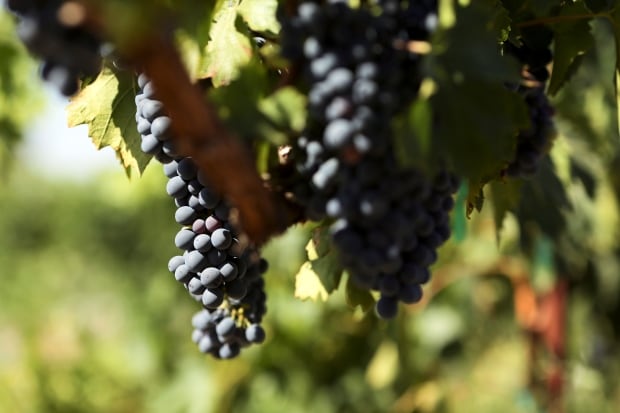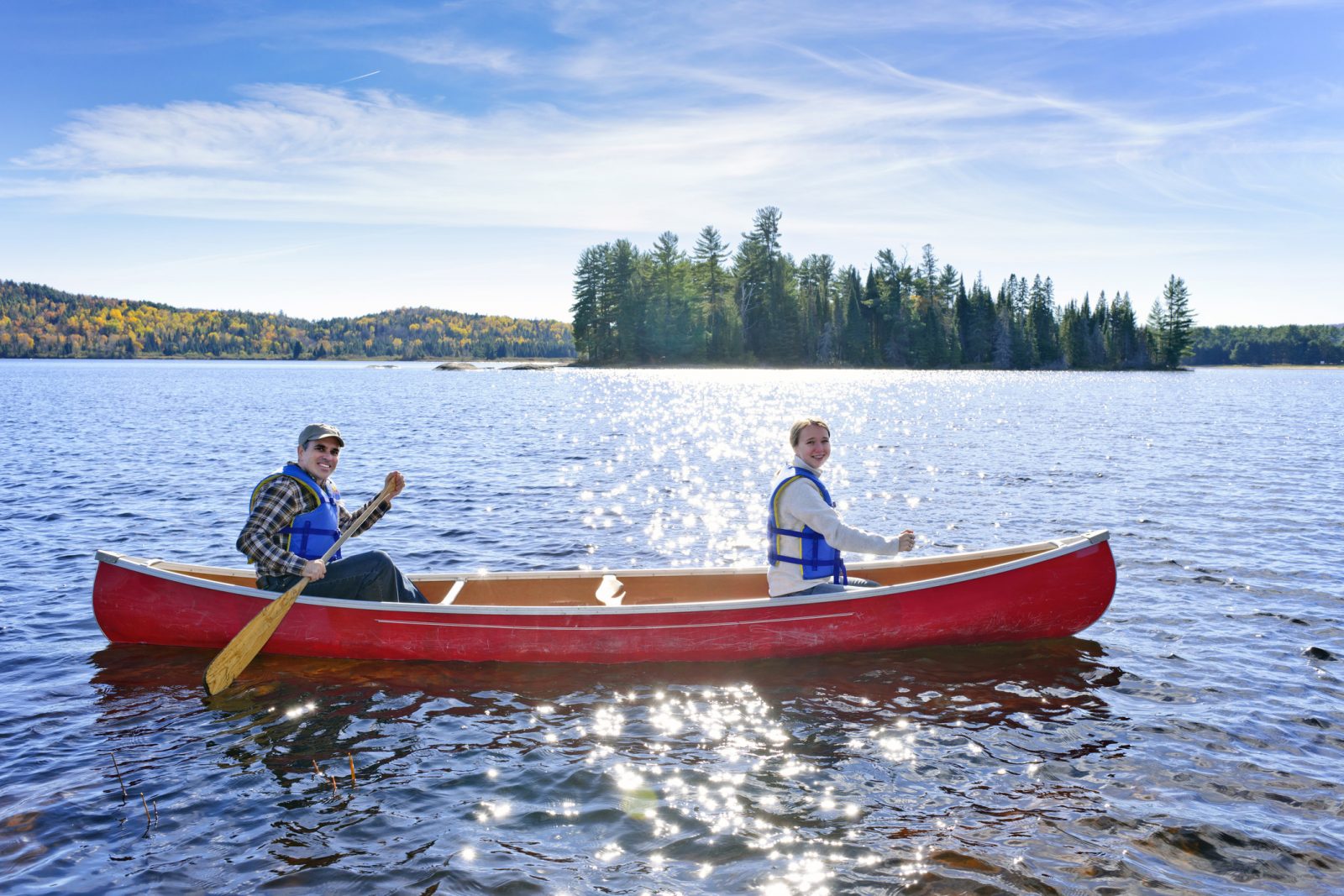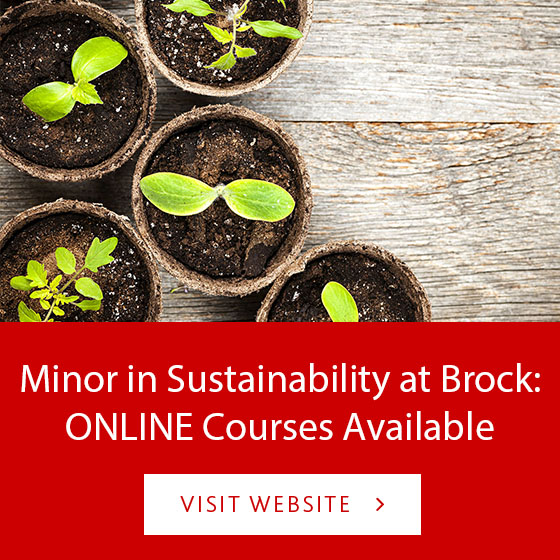 A cyclist is picture on the new Decew and Merrittville multi-use pathway that recently opened near Brock.
A cyclist is picture on the new Decew and Merrittville multi-use pathway that recently opened near Brock.Travelling to Brock by bike or on foot just got a bit easier — and a lot safer.
Work on the new Decew and Merrittville multi-use pathway has been completed, providing a safe route to get to the University from one of the most popular off-campus residential neighbourhoods.
Last year, the Government of Ontario, City of Thorold, Niagara Region and Brock University announced a partnership to build a network of bike lanes and paths that would stretch from the Confederation Heights neighbourhood to the Brock campus.
The announcement followed lobbying efforts by the Brock University Students’ Union for improved cycling infrastructure near campus.
The first phase of the project began in 2016 with Decew Road reconstructed from Richmond Street to Merrittville Highway. Work continued this past April with a multi-use path and improved lighting installed on the highway between Decew Road and Sir Isaac Brock Way.
An officially opening for the new pathway will be held Wednesday, July 19 at 3 p.m. outside of Niagara Region headquarters — on the southeast corner of Sir Isaac Brock Way and Merrittville Highway. The ceremony will be followed by a bike ride for cyclists of all ages. All are welcome to attend.
Active transportation, such as walking or cycling, is a healthy way for the large population of Brock students and employees living in Thorold to commute to campus, said Elizabeth Yates, a liaison librarian at Brock, who is also a member of the Thorold Active Transportation Advisory Committee that advocated for the path project.
“Before this pathway was built, walking or riding along Decew and Merrittville felt unsafe due to large volumes of traffic, with vehicles sometimes travelling over the speed limits,” she said. “Poor nighttime lighting was another concern.”
As a cyclist and advocate for active transportation in the community, Yates was impressed to see so many partners come together to show their support for an initiative that “promotes healthy commuting and makes our area safer for everyone.”
Story from The Brock News










